How to improve the environment in South Tyneside
Last updated: 21 Oct 2025
« Change locationFriends of the Earth has produced this unique resource for everyone who’s actively engaged in making their community a better place, from campaigners to councillors. It features a range of recent data on some of the key environmental issues impacting people in South Tyneside, as well as identifying actions your council could take to improve your area.
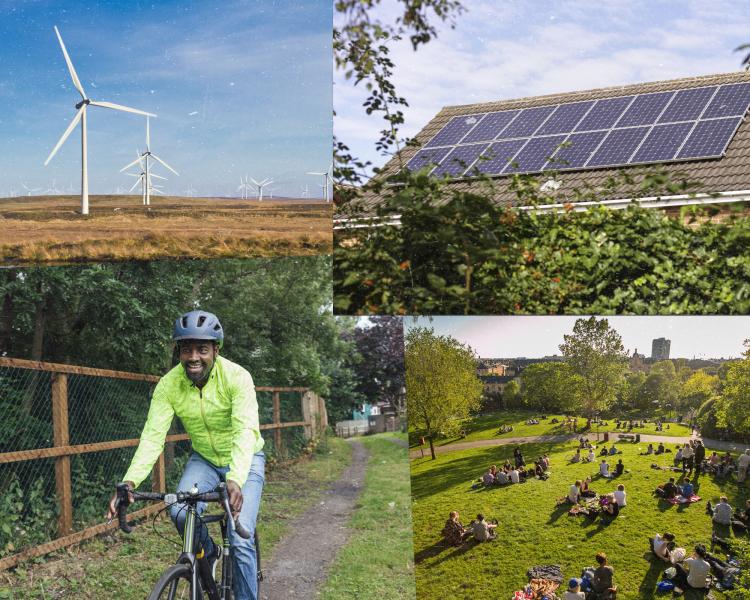
What do people in South Tyneside think about the environment?
Climate and energy
Extreme weather caused by climate change is already impacting people here in the UK and overseas, particularly marginalised communities such as disabled people and those on low incomes. It’s also harming nature. So reducing carbon emissions to stop these extreme weather events getting much worse is essential. The good news is that in doing so, we can also make people’s lives better.
Warmer homes
Cold, poorly insulated homes drive up energy bills and carbon emissions. They’re associated with both physical and mental health conditions, and they’re also more likely to overheat in the summer.
In South Tyneside, 39% of climate emissions are from homes. 54% of homes are rated EPC D or below (compared with the average across England and Wales of 53%), meaning these houses are particularly bad at retaining heat. That’s 38,923 households with unnecessarily high energy bills. 10% of households are in fuel poverty according to government data, although this is likely to be an underestimate. Insulating these homes will reduce energy bills and carbon emissions. It will also improve people’s health and lower costs for the NHS.
Cleaner air
In South Tyneside, transport accounts for 37% of climate emissions. Transport also causes air pollution, which is the largest environmental risk to public health in the UK, contributing to up to 43,000 deaths every year.
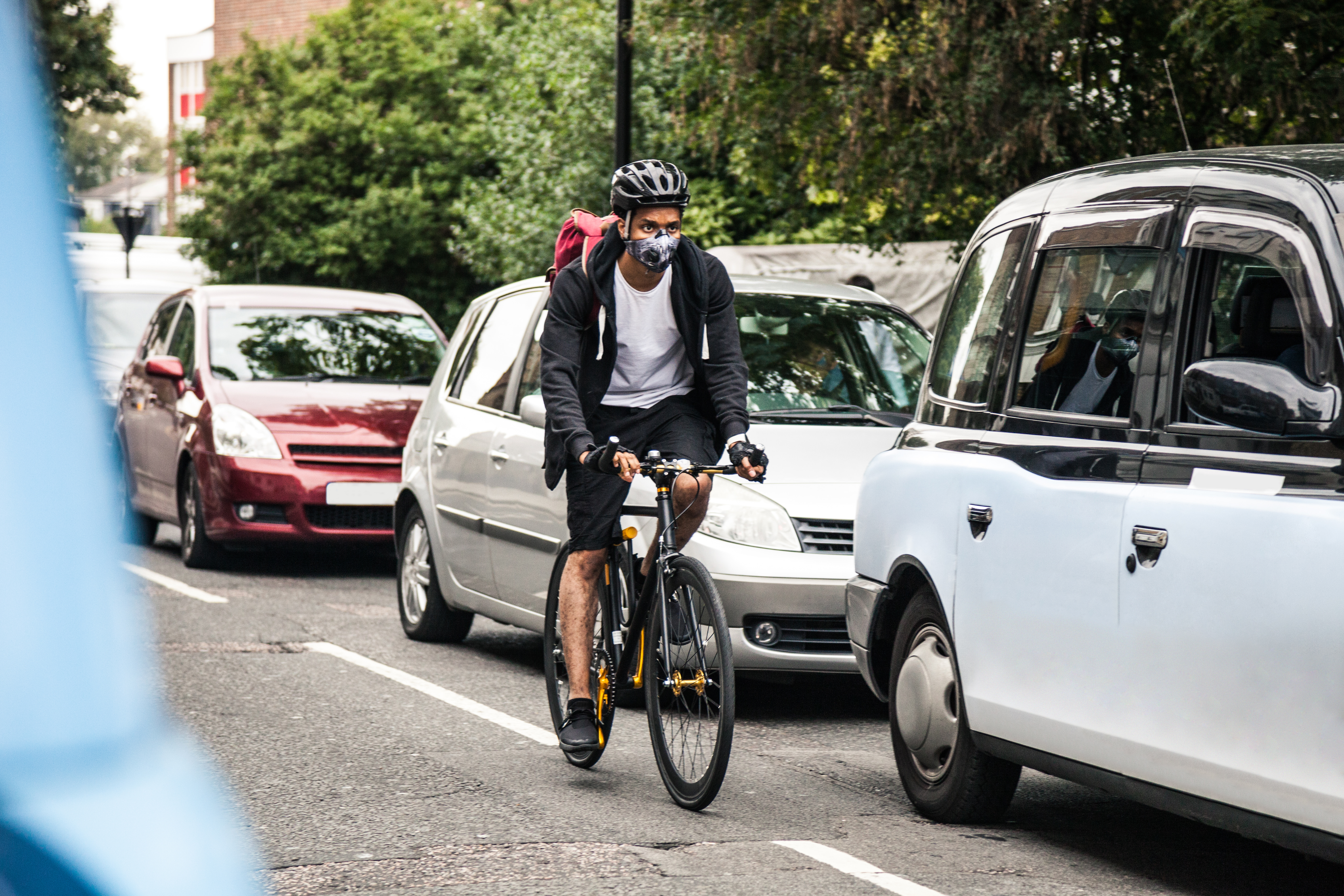
In South Tyneside, 100% of neighbourhoods have air pollution above levels recommended by the World Health Organization. And 11% of the population suffers from the respiratory diseases asthma and/or chronic obstructive pulmonary disease, which are made worse by air pollution.
Better bus services can reduce the need to drive and lower air pollution. A decent bus service means the 33% of households without a car in South Tyneside would be better able to access jobs, essential services and social networks.
Better bus services can reduce the need to drive and lower air pollution. But analysis of timetable data by the University of Leeds has shown that bus services declined significantly everywhere except London between 2010 and 2023. In South Tyneside, services declined by 28%. A decent bus service means the 33% of households without a car in South Tyneside would be better able to access jobs, essential services and social networks.
A rapid switch to electric cars will also reduce air pollution. There need to be enough public chargers for this, and these must be affordable and accessible for disabled drivers. In South Tyneside, there are currently 166 public chargers, whereas 656 are needed by 2030.
More cycling and walking can also reduce air pollution. An analysis has shown that 28% of commuter journeys in South Tyneside could be made by bike, as long as there’s decent cycling infrastructure and increased use of e-bikes. Currently only 2% of commuters in South Tyneside cycle to work.
Cheaper energy
Energy bills have skyrocketed over recent years as the price of gas soared after the invasion of Ukraine. Developing more renewable energy more quickly can reduce bills and increase energy security.
Friends of the Earth has mapped the sites most suitable for onshore wind and solar. In South Tyneside, we estimate that 3 times more energy could be produced from these sources than there is currently. In addition, we should see much greater use of roofs and car parks for solar panels.
What should councils do to improve on climate and energy?
Local authorities should ensure their plans are at least aligned with the UK’s carbon reduction targets – 68% by 2030 and 78% by 2035 compared with 1990 levels – and aim to go further if possible.
Local authorities have a significant transport role and most will produce a local transport plan to set out priorities. The government is meant to provide guidance for these plans but hasn’t yet. Fairness also needs to be centre stage in transport plans so that low-income, disabled and other marginalised communities are able to easily and affordably access work, services and social networks. The Low Traffic Future Alliance has produced a guide for councillors and campaigners.
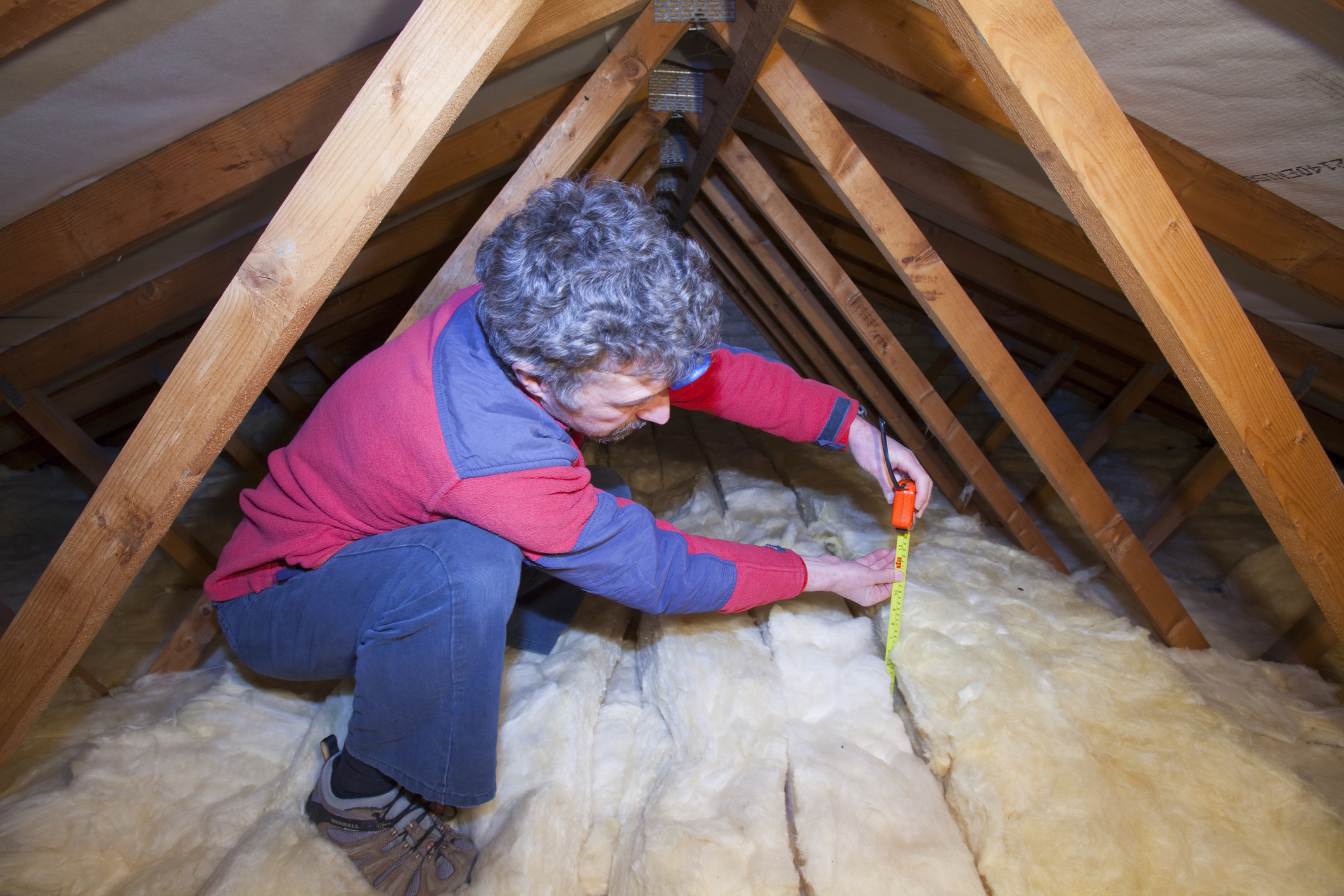
Local authorities also have a role in achieving warmer homes. They’re meant to check that private-rented homes meet minimum energy efficiency standards (the current minimum is EPC E but the government has said it will raise this to EPC C by 2030). They can also deliver programmes to insulate homes and fit heat pumps, which should be targeted at areas most in need. And they can refer households in need of insulation to energy companies, which are also required to spend money on housing retrofits.
They will also need to make planning decisions on many renewable energy schemes, although not the biggest projects as these are made by the government. Friends of the Earth has produced a campaign guide on how to support renewable energy developments.
Climate and energy
Extreme weather caused by climate change is already impacting people here in the UK and overseas, particularly marginalised communities such as disabled people and those on low incomes. It’s also harming nature. So reducing carbon emissions to stop these extreme weather events getting much worse is essential. The good news is that in doing so, we can also make people’s lives better.
Warmer homes
Cold, poorly insulated homes drive up energy bills and carbon emissions. They’re associated with both physical and mental health conditions, and they’re also more likely to overheat in the summer.
In South Tyneside, 39% of climate emissions are from homes. 54% of homes are rated EPC D or below (compared with the average across England and Wales of 53%), meaning these houses are particularly bad at retaining heat. That’s 38,923 households with unnecessarily high energy bills. Insulating these homes will reduce energy bills and carbon emissions. It will also improve people’s health and lower costs for the NHS.
Cleaner air
In South Tyneside, transport accounts for 37% of climate emissions. Transport also causes air pollution, which is the largest environmental risk to public health in the UK, contributing to up to 43,000 deaths every year.
In South Tyneside, 84% of neighbourhoods have nitrogen dioxide (NO2) levels above that recommended by the World Health Organization (WHO), while 100% have particulate matter (PM2.5) levels above WHO’s recommendation.
In South Tyneside, 100% of neighbourhoods have particulate matter (PM2.5) levels above that recommended by the World Health Organization (WHO).

Better bus services can reduce the need to drive and lower air pollution. But analysis of timetable data by the University of Leeds has shown that bus services declined significantly everywhere except London between 2010 and 2023. In South Tyneside, services declined by 28%. A decent bus service means the 33% of households without a car in South Tyneside would be better able to access jobs, essential services and social networks.
A rapid switch to electric cars will also reduce air pollution. There need to be enough public chargers for this, and these must be affordable and accessible for disabled drivers. In South Tyneside, there are currently 166 public chargers, whereas 656 are needed by 2030.
More cycling and walking can also reduce air pollution. An analysis has shown that 28% of commuter journeys in South Tyneside could be made by bike, as long as there’s decent cycling infrastructure and increased use of e-bikes. Currently only 2% of commuters in South Tyneside cycle to work.
Cheaper energy
Energy bills have skyrocketed over recent years as the price of gas soared after the invasion of Ukraine. Developing more renewable energy more quickly can reduce bills and increase energy security.
What should councils do to improve on climate and energy?
Welsh local authorities’ responsibilities on transport are diminishing with the development of regional transport plans (RTPs) and bus franchising. This means that decisions about routes, timetables, fares, hours of operation and service quality standards will be made by the Welsh Government and Transport for Wales, working in partnership with local authorities and Corporate Joint Committees (CJCs).
But councils will have a voice in this decision making. They also have responsibility for walking and cycling. The money they need to deliver and make improvements in these areas will in future be allocated by the Welsh Government in line with RTPs, although local authorities can still choose to additionally use some of the block grant they receive for transport projects.
Councils have a limited role in reducing energy emissions, as decisions on renewable energy applications are made by the Welsh Government (except for very small schemes). But they can and should express a view in favour of development when suitably sited, and within Local Area Energy Plans (LAEPs) they should prioritise renewables. They should also encourage the development of community energy, including on their own land and buildings, and encourage solar on new homes (including social housing).
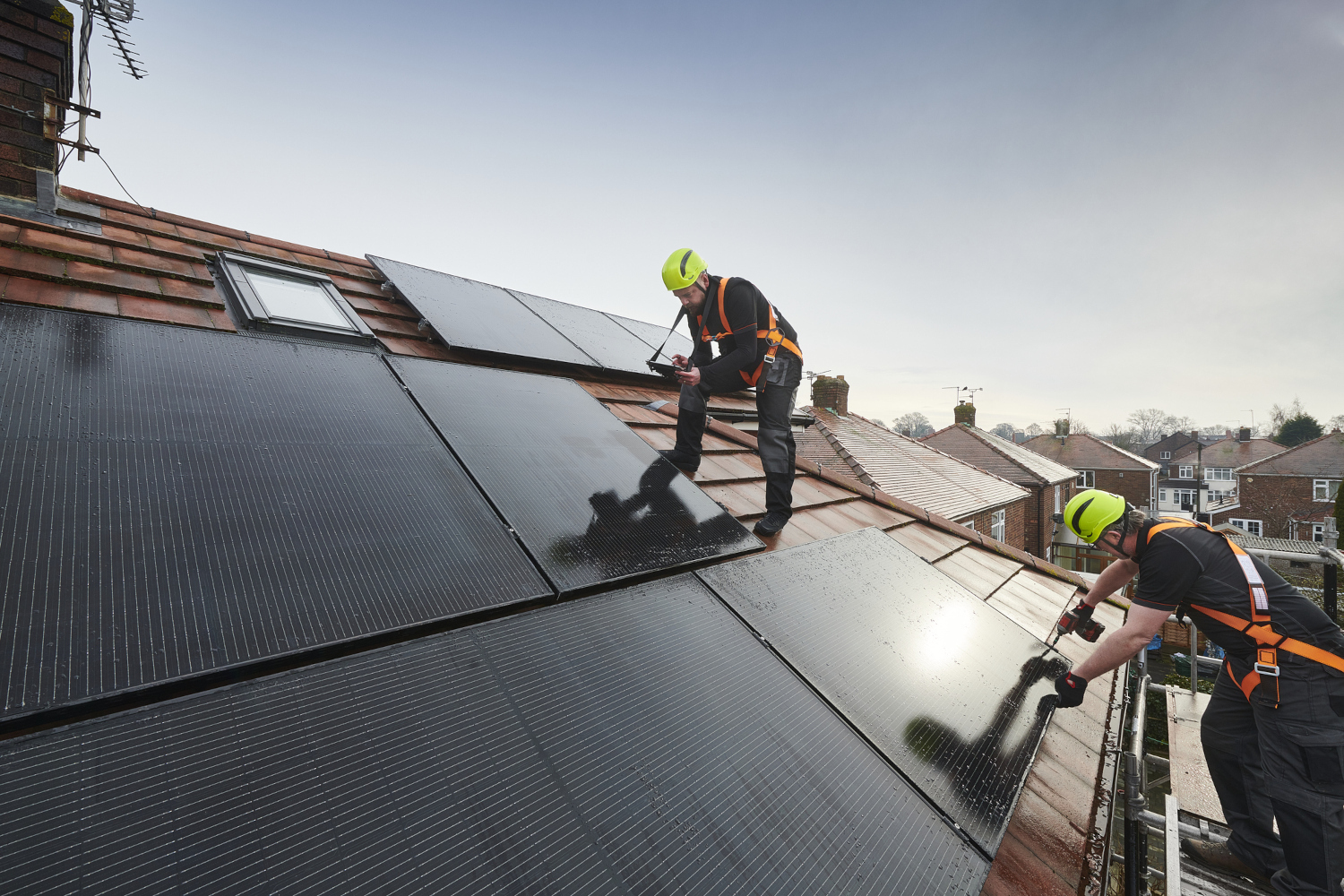
Regarding homes, the Welsh Government has responsibility for insulation programmes and the roll-out of heat pumps, although local authorities are delivery partners. Meanwhile standards for rental homes are still decided by the UK government. But councils have taken a lead in developing LAEPs, which spell out what changes are needed to deliver on carbon reduction targets, including green skills such as housing retrofits.
In short, while strategy is largely set at regional or national levels, councils in Wales are important delivery agents and their functions remain important. They also have a voice in decision making and should be advocating for changes that deliver on climate targets and improve people’s lives, especially in marginalised communities.
Nature
The UK is one of the most nature-depleted countries in the world. And alongside our precious wildlife and habitats, people of colour and people living in urban areas are particularly affected. We know that access to nature is essential to our health and wellbeing. It can also provide some protection against climate impacts. So it’s crucial that we protect and restore nature.
Greener spaces
South Tyneside has average access to green space compared with other local authorities, with 41 m2 of green space per person.
In South Tyneside, 87 people are at risk of flooding from rivers and seas and 17,851 are at risk of flash flooding. Increasingly it’s recognised that turning to nature can help prevent floods, for example by restoring peatlands, planting trees and using green spaces to slow and store flood water.
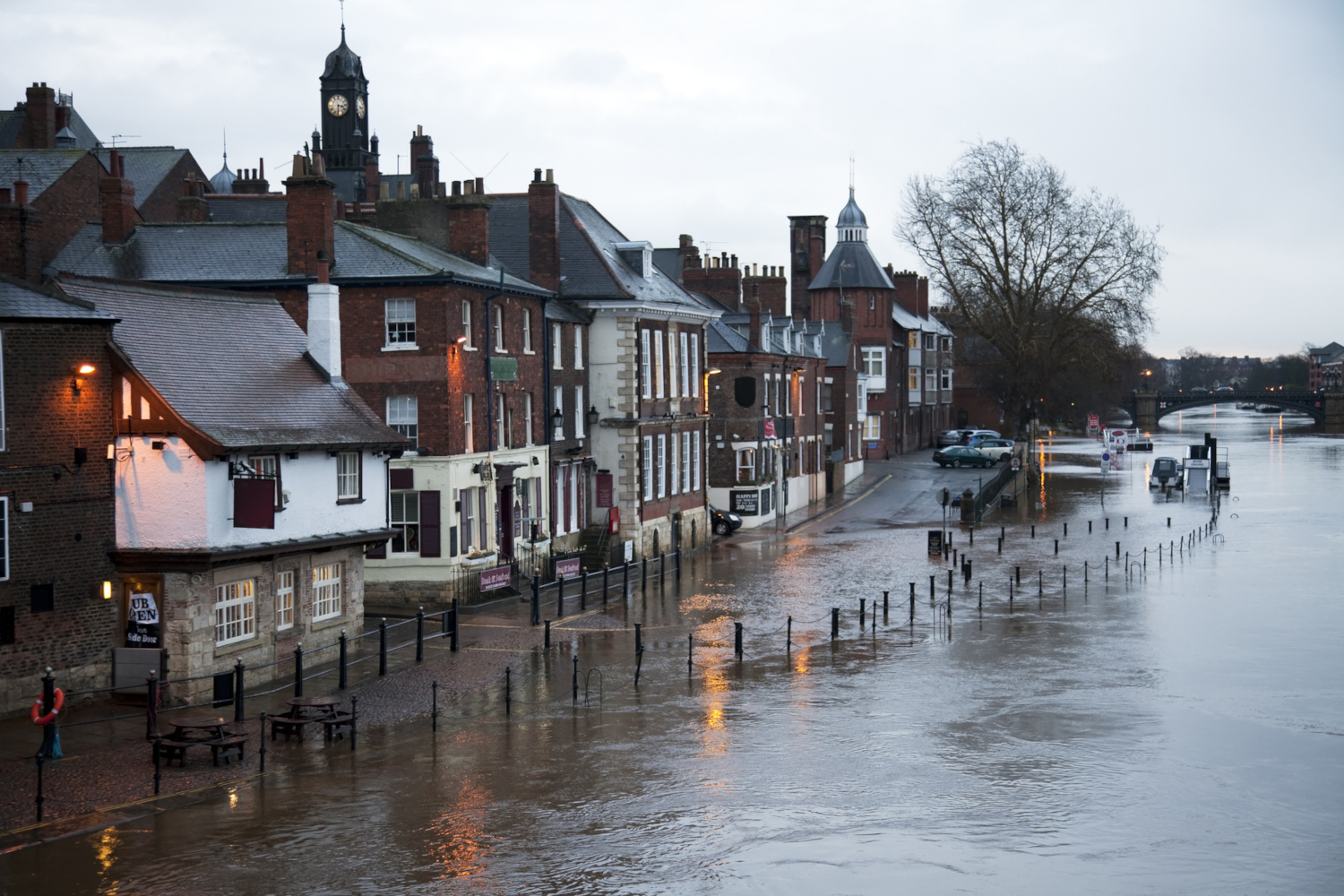
In South Tyneside, 17,851 are at risk of flash flooding. Increasingly it’s recognised that turning to nature can help prevent floods, for example by restoring peatlands, planting trees and using green spaces to slow and store flood water.

In South Tyneside, the temperature reached 36.6°C during the record-breaking heatwave in 2022. Those most susceptible to extreme heat include babies, pregnant women, people in poor health and the elderly. Nature provides cooling during heatwaves, for example shade from tree cover.
But 98% of neighbourhoods in South Tyneside have less than 20% tree cover.
Cleaner water
Along with farm run-off, sewage is turning our rivers into dangerous environments for both people and wildlife. In England, only 14% of rivers are in good ecological condition. And in South Tyneside, there are 45 storm overflows that spilled raw sewage 1,416 times for 9,071 hours in 2024. So restoring nature also means cleaning up our rivers.
Less waste
31% of household waste in South Tyneside is reused or recycled. This compares with 59% by the best local authority in England. Councils must help us all use resources more sparingly and increase reuse and recycling.
What should councils do to improve on nature?
Local Nature Recovery Strategies are being developed across England and local authorities will have a vital role in ensuring these are delivered. Action to help restore nature will include a variety of measures, such as introducing new wildlife corridors, allowing verges to grow for wildflowers and pollinators, and focusing efforts on particular at-risk species (like hedgehogs and bats).
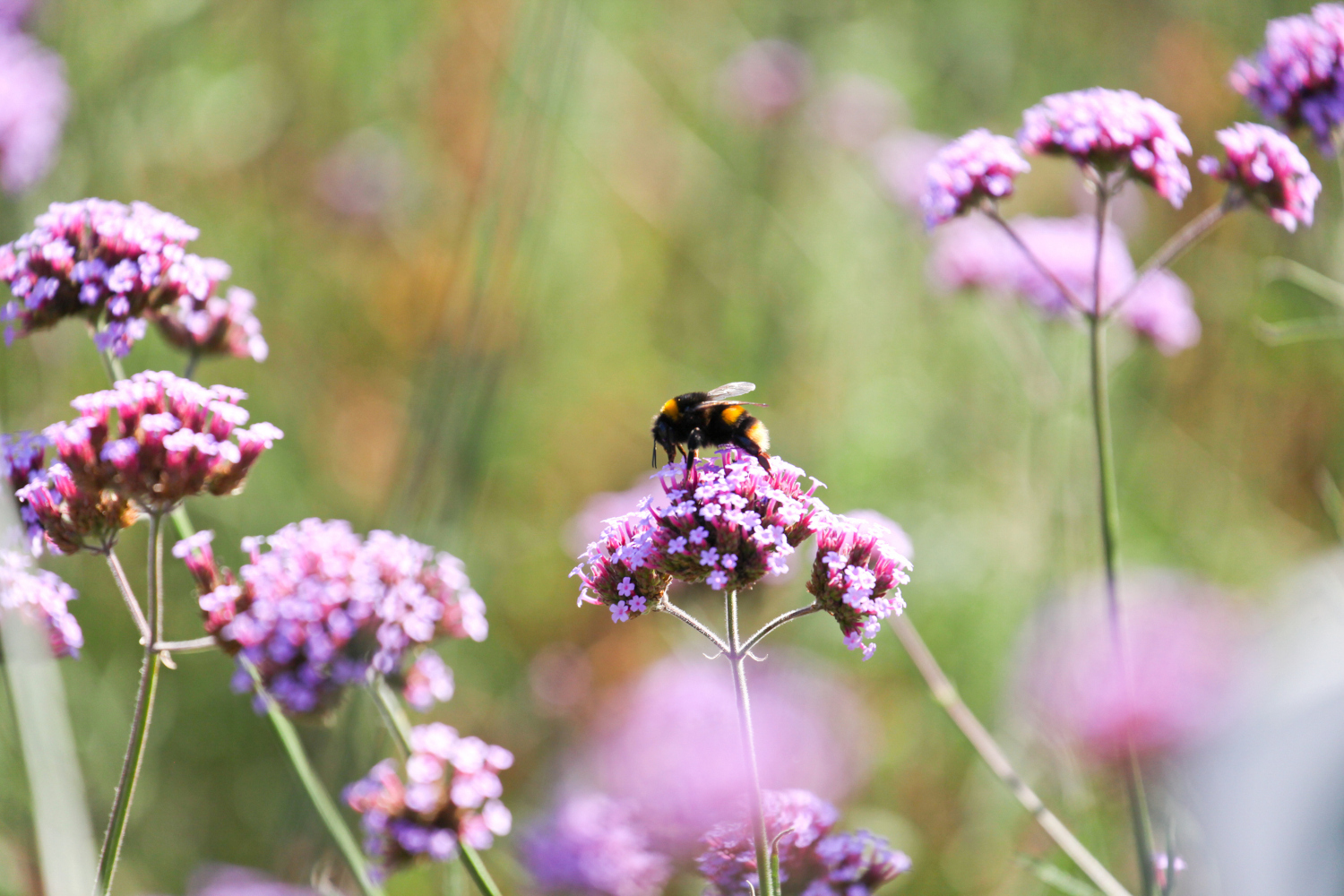
Local authorities are responsible for managing trees in public areas. They can also issue Tree Preservation Orders (TPOs) for privately owned trees if they think their removal would have a significant negative impact on the local environment and its enjoyment by the public. But they don’t have a statutory duty to issue TPOs and ensure compliance, so with a lack of resources many will have limited capacity for this work. Because of the importance of trees for climate adaptation and nature, they should be planting more street trees in areas where the need is greatest and planting more woodlands.
Local authorities also have an important role in preparing for and responding to extreme weather events, working with others such as the Environment Agency. Through their planning function they can also reduce flooding, for example by requiring developments to have sustainable drainage systems.
And local authorities collect and manage household waste. The government is introducing measures to simplify recycling so that by March 2026, all households will have 3 containers for recycling – food waste (mixed with garden waste if appropriate), paper and card, and all other dry recyclable materials (plastic, metal and glass) – as well as a residual waste collection.
Nature
The UK is one of the most nature-depleted countries in the world. Wales is currently ranked 224th out of 240 countries on the Natural History Museum’s Biodiversity Intactness Index. Species at risk of extinction include the fen orchid, water vole and sand lizard.
And alongside our precious wildlife and habitats, people of colour and people living in urban areas are particularly affected. We know that access to nature is essential to our health and wellbeing. It can also provide some protection against climate impacts. So it’s crucial that we protect and restore nature.
Greener spaces
In South Tyneside, people are at risk of flooding from rivers and seas and are at risk of flash flooding. Increasingly it’s recognised that turning to nature can help prevent floods, for example by restoring peatlands, planting trees and using green spaces to slow and store flood water.

Nature provides cooling during heatwaves, for example shade from tree cover. In South Tyneside, the temperature reached 36.6°C during the record-breaking heatwave in 2022. Those most susceptible to extreme heat include babies, pregnant women, people in poor health and the elderly.
Cleaner water
Along with farm run-off, sewage is turning our rivers into dangerous environments for both people and wildlife. In Wales, only 44% of rivers are in good ecological condition. And in South Tyneside, there are 45 storm overflows that spilled raw sewage 1,416 times for 9,071 hours in 2024. So restoring nature also means cleaning up our rivers.
Less waste
31% of household waste in South Tyneside is reused or recycled. This compares with 59% by the best local authority in Wales. Councils must help us all use resources more sparingly and increase reuse and recycling.
What should councils do to improve on nature?
Local authorities have an important role in nature recovery. They need to produce a nature recovery action plan that’s in line with national and international biodiversity targets, including to halt and reverse biodiversity loss by 2030 and the "30 by 30" target (protecting 30% of land and sea for nature by 2030).
Local authorities are responsible for managing trees in public areas. They can also issue Tree Preservation Orders (TPOs) for privately owned trees if they think their removal would have a significant negative impact on the local environment and its enjoyment by the public. But they don’t have a statutory duty to issue TPOs and ensure compliance, so with a lack of resources many will have limited capacity for this work. Because of the importance of trees for climate adaptation and nature, they should be planting more street trees in areas where the need is greatest and, alongside Natural Resources Wales, be planting more woodlands.
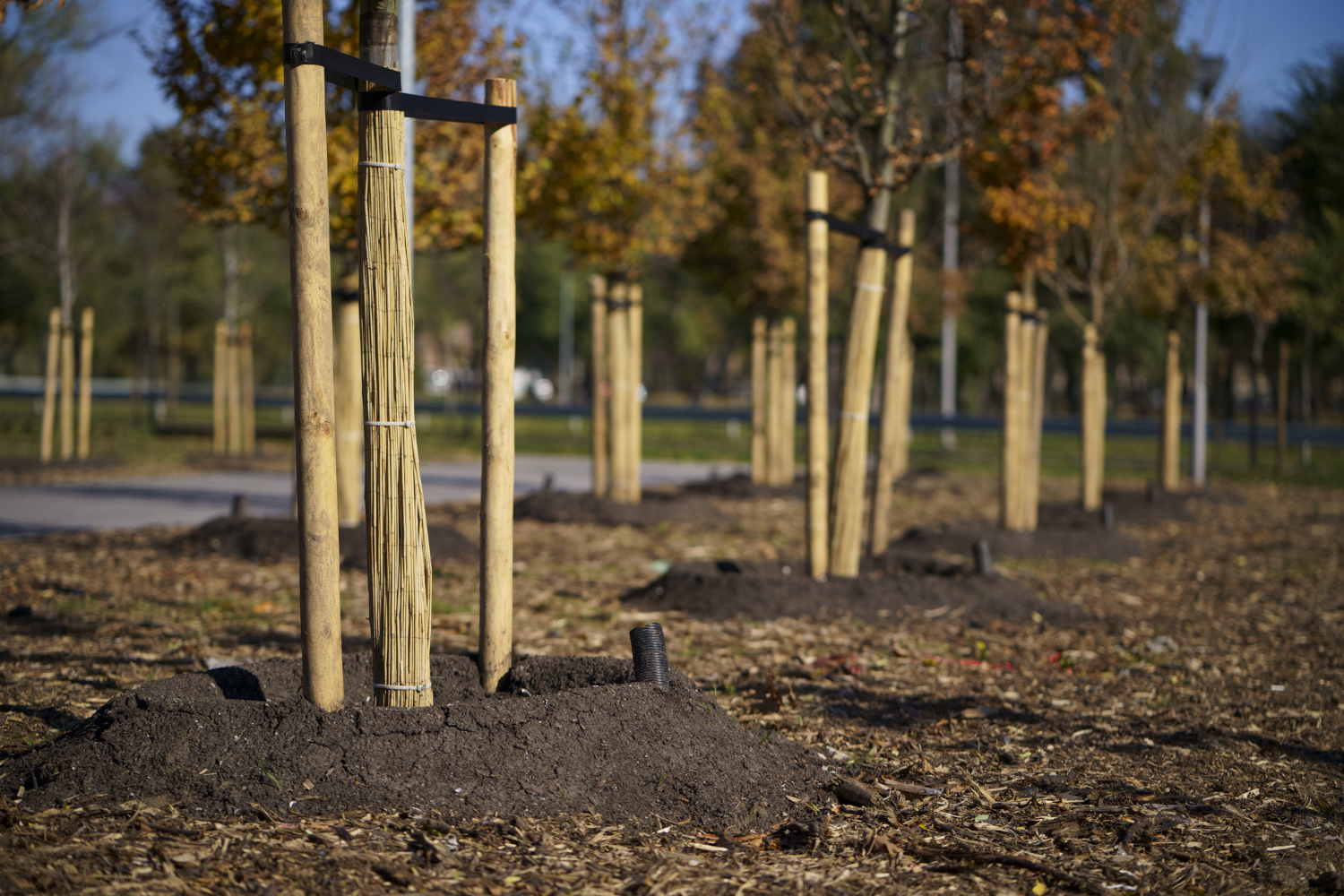
The Welsh Government has a climate adaptation strategy and councils are a key delivery partner for this, alongside others such as Natural Resources Wales. They have an important role in preparing for and responding to extreme weather events. They’re not legally obliged to produce their own adaptation strategy but they should, either as a standalone document or as part of a wider climate plan.
And local authorities collect and manage household waste. Welsh councils have led the UK in recycling rates, although they should still be aiming higher.
What to do with this data



